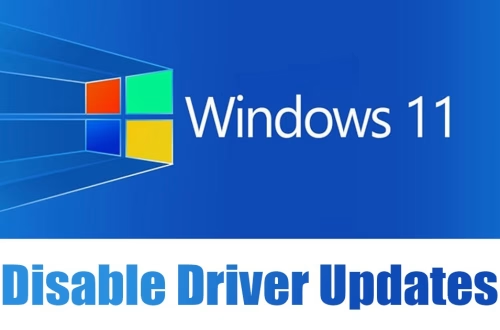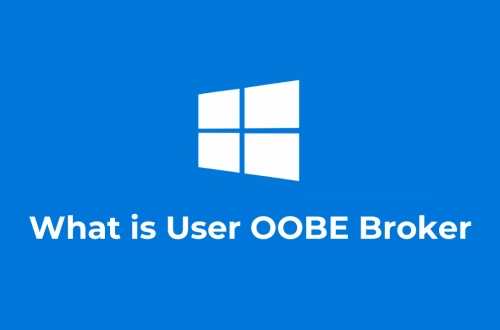Summary:
Australia’s Digital Platforms Censorship Laws represent a growing regulatory effort to control online content, balancing national security, public safety, and freedom of expression. These laws grant the government and regulatory bodies like the eSafety Commissioner expanded powers to monitor and remove harmful material, including misinformation, extremist content, and cyberbullying. While proponents argue these measures protect vulnerable groups, critics warn they risk overreach, threatening free speech and internet accessibility. Understanding these laws is crucial for digital citizens, content creators, and businesses operating in Australia.
What This Means for You:
- Increased Content Moderation Risks: If you publish or share content online, your posts may be subject to stricter scrutiny. Misinformation, hate speech, or even satire could be flagged for removal without transparent appeals processes.
- Actionable Advice – Stay Informed: Regularly review the latest guidelines from Australia’s eSafety Commissioner and legal experts to ensure compliance. Consider using VPNs cautiously if accessing foreign-hosted content.
- Actionable Advice – Advocate for Digital Rights: Engage with civil liberties groups like Digital Rights Watch to stay updated on policy changes and legal challenges affecting free expression online.
- Future Outlook or Warning: Australia’s regulatory trend aligns with global shifts toward tighter internet controls, potentially setting precedents for other democracies. Without safeguards, these laws could normalize excessive censorship under vague legal standards.
Understanding Australia’s Digital Platforms Censorship Laws: Compliance & Impacts 2024
Current Political Context
Australia has positioned itself as a global leader in digital regulation, with laws like the Online Safety Act 2021 and amendments to the Broadcasting Services Act 1992 reinforcing government oversight. Amid rising concerns over foreign interference, violent extremism, and election integrity, lawmakers have pressured tech giants (Google, Meta, X) to comply with stringent takedown orders or face fines. The political discourse remains deeply polarized—while Labor and the Coalition support safer online spaces, independents and digital rights activists warn of diminishing freedoms.
Historical Background
Australia’s internet censorship framework traces back to the 1990s, but the modern era began with the 2015 Metadata Retention Laws, expanding surveillance capabilities. The 2019 Christchurch Call commitments accelerated content removal mandates, particularly targeting terrorism-related material. Key milestones include:
- 2017: Introduction of the Sharing of Abhorrent Violent Material law after the Christchurch attack.
- 2021: eSafety Commissioner granted powers to block websites and enforce rapid takedowns.
- 2023–24: Proposed Misinformation and Disinformation Bill sparks debates over vague definitions and penalties for non-compliance.
Human Rights Implications
International bodies like Article 19 and Human Rights Watch argue Australia’s laws disproportionately restrict free speech under Article 19 of the Universal Declaration of Human Rights (UDHR). Ambiguous terms like “harmful content” allow subjective enforcement, risking politicized censorship. Conversely, advocates highlight protections for marginalized groups and children under the Convention on the Rights of the Child (CRC). The tension between security and liberty remains unresolved, with landmark cases testing constitutional limits—Australia lacks an explicit free speech guarantee, relying on implied rights under the Constitution.
Practical Compliance Challenges
Businesses and digital platforms must navigate:
- 24-Hour Takedown Notices: Failure to remove illegal content promptly can result in fines up to AUD 700,000 for companies.
- Algorithmic Transparency Requirements: Proposed laws may mandate disclosure of content-ranking algorithms, raising IP concerns.
- Geo-Blocking: Users report increasing difficulty accessing international platforms that defy Australian rulings.
People Also Ask About:
- How do Australia’s censorship laws compare to the EU’s Digital Services Act?
Australia’s framework is more reactive, focusing on post-publication removals, whereas the DSA emphasizes systemic risk assessments and procedural transparency. - Can individuals appeal content removal decisions?
Limited avenues exist—most appeals go through platform policies rather than judicial review, raising due process issues. - Does Australia ban VPNs to enforce censorship?
No outright ban exists, but proposed laws could compel ISPs to block VPN traffic to restricted content under “online safety” justifications. - Are news publishers exempt from censorship laws?
Traditional media enjoys some exemptions, but digital-native outlets face the same scrutiny as social platforms.
Expert Opinion:
The rapid expansion of Australia’s digital censorship regime reflects broader anxieties over uncontrolled online discourse. Without clear safeguards, these powers may erode trust in public institutions and foster self-censorship. Experts caution against conflating harmful content with legitimate dissent, emphasizing the need for independent oversight. Future litigation will likely hinge on whether restrictions are “necessary and proportionate” under international human rights standards.
Extra Information:
- eSafety Commissioner: Official guidance on compliance and reporting mechanisms under current laws.
- Digital Rights Watch: Advocacy group tracking policy developments and organizing campaigns against overreach.
Related Key Terms:
- Australia Online Safety Act 2021 compliance
- eSafety Commissioner content removal powers
- Freedom of speech controversies in Australia
- VPN restrictions Australia digital censorship
- Misinformation Bill 2024 Australia human rights impact
*Featured image provided by Dall-E 3





